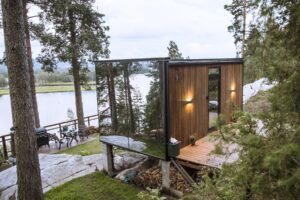Week#9- Environmental Futures: Time, Hope and Possibilities in Design
During the seminar, we were looking into one of the case studies of ecological movement mentioned in the book Ecological Design by Sim Van Der Ryn and Stuart Cowan: Ebenezer Howard’s garden cities. It was an urban planning movement that happened during the twentieth century. The concept of the garden city is the product of the industrial revolution, and specialists are hoping to have this as a solution to the problem of rural depopulation. Looking at the visual conceptualized image of garden cities, they seem aesthetically pleasing with all the circular shapes and fairly distributed citizen residences, industrial estates, and agriculture practices.
However, at the end of the day, it’s a design of community to bring inclusiveness for citizens who originally lived in rural places. It’s designed to solve issues of human society than issues of nature. Integrating nature with a conserving strategy wasn’t the reason for it to be designed.
The idea of “green building” is nothing new in urban planning and architecture design, and we’ve looked at some negative examples. There are similar designs of “nearly invisible” glass hotels around the world. “Green building” and integrating with nature are never about to hide and camouflage our existence in nature. Wildlife awareness of our existence can be crucial and necessary, which would benefit mankind and wildlife mutually.

Garden City by Ebenezer Howard (from documentary Urbanized)






Recent comments